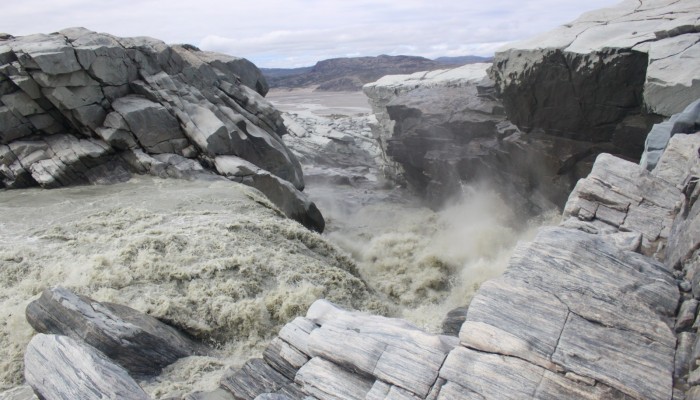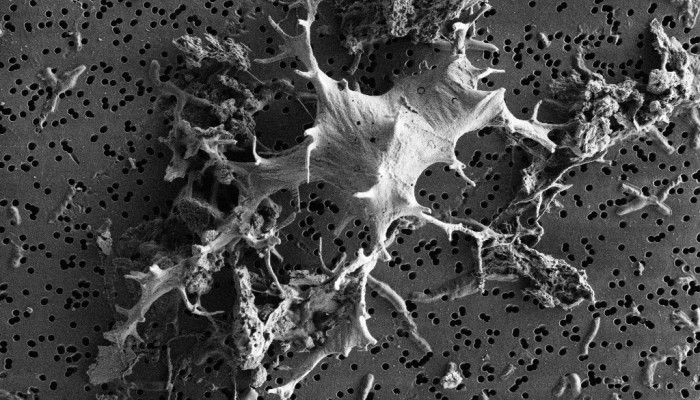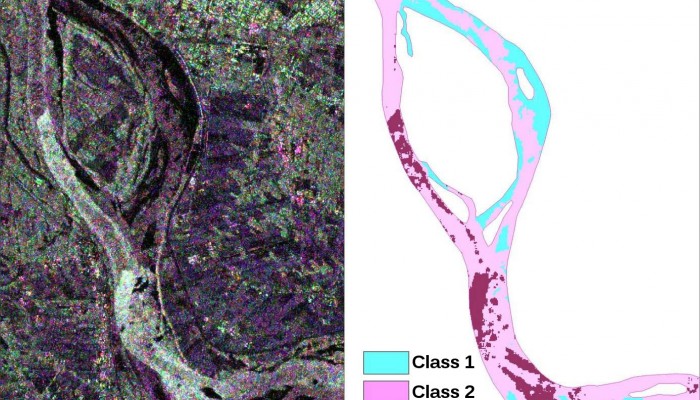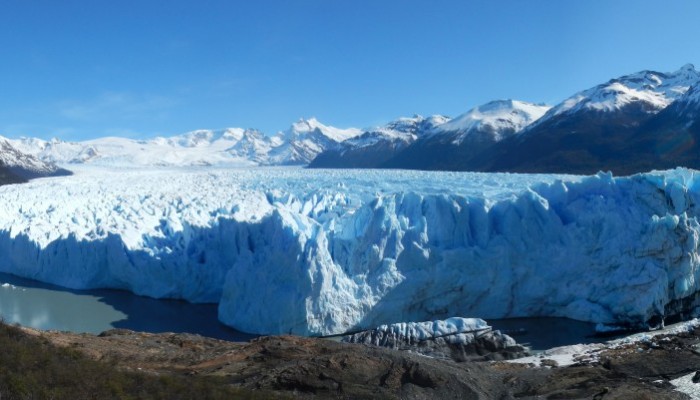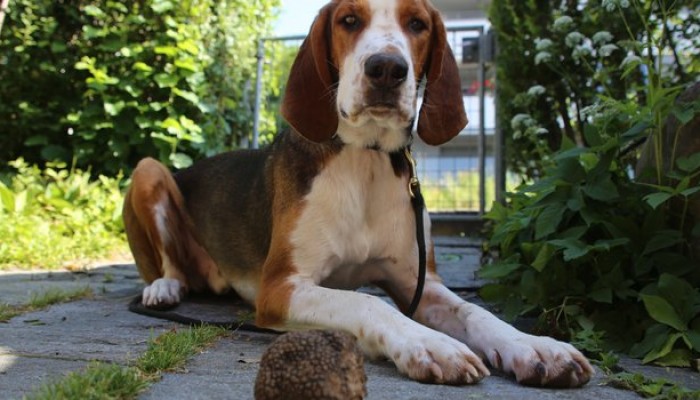This year we will have our own student reporter, Lindsey Higgins, from Stockholm University, at the EGU GA. Lindsey will be reporting on research presented in the ERE sessions on this blog and social media. Please let us know if you think you have a suitable session for Lindsey to attend and report on. Here is some more about Lindsey and her motivations! **** Blog by Lindsey Higgins As far back as ...[Read More]
Cryospheric Sciences
Image of The Week – When Glaciers Fertilize Oceans
Today’s Image of the Week shows meltwaters originating from Leverett Glacier pouring over a waterfall in southwest Greenland. We have previously reported on how meItwater is of interest to Glaciologist (e.g. here) but today we are going to delve into how and why Biologists also study these meltwaters and how the cryosphere interacts with biogeochemical cycles in our oceans. Where? Leverett G ...[Read More]
Biogeosciences
Digging up bones for science – looking into 48 million years old blood vessel-like structures
The Messel Pit is a worldwide famous fossil site recognized by UNESCO as a World Natural Heritage Site because of the exceptional preservation, as well as the diversity of its fossils from the early-middle Eocene (~48 Ma). The Messel Pit, located in an old Quarry in Germany near Frankfurt am Main , includes fossils from vertebrates (turtles, crocodiles, mammals, birds, lizards, among others), inve ...[Read More]
Geomorphology
EGU International Young Geomorphologists Social Event
Written by Julia Meister (FU Berlin) The EGU 2016 General Assembly is getting closer and like for the past two years there will be a social evening for Young Geomorphologists (and those that still feel young!) from all over the world to promote scientific discussions and collaborations while enjoying a beer. We are happy to invite you to the “3rd International Young Geomorphologists Social Event” ...[Read More]
Geomorphology
10th international Young Geomoprhologists’ Workshop
We’re happy to announce the 10th international young geomorphologists’ workshop, organized by the “Junge Geomorphologen” from Germany. The workshop will take place on 27.-29. May 2016 in Werbellinsee, near Berlin, Germany (see flyer). The meeting will provide an ideal opportunity to present your current work, to discuss problems and receive constructive feedback! We want to highlight our interest ...[Read More]
Seismology
EGU 2016 short course SC55: Seismology for non-seismologists
Do you have difficulty in understanding results inferred from seismological studies? A dedicated short course directed to non-seismologists or early career seismologists, with a particular focus for young scientists (graduate students and postdocs), is being held during this year’s EGU2016 general assembly in Vienna. The main goal of this short course is to provide an introduction into some ...[Read More]
Cryospheric Sciences
Image of the Week – Monitoring icy rivers from space!
Why? When a river freezes over, it changes the amount of water that flows through the river system. River ice affects many of the world’s largest rivers, and in the Northern Hemisphere, approximately 60% of rivers experience significant seasonal effects. The formation and evolution of river ice changes river discharge and is not only of interest to local ice skating enthusiasts. The variations in ...[Read More]
Cryospheric Sciences
Image of The Week – That’s a Damn Fine Ice Dam!
With today’s image of the week we want to transport you to Patagonia to look at a unique fresh-water calving glacier – Perito Moreno in Argentina. This is a hot topic at the moment as the glacier did something rather unusual yesterday, read on to find out more….. This large glacier (Fig 2, highlighted red) flows down a valley, calving into the southwestern arm of Lago Argentino ...[Read More]
Energy, Resources and the Environment
Navigating the EGU General Assembly, short course for Early Career Scientists
If you are an Early Career Scientist (ECS) your first experience at the EGU General Assembly can be a bit bewildering with the sheer numbers of sessions and people milling around. You might find it worthwhile attending a short course on: “How to navigate the EGU, Tips & Tricks” (SC36): http://meetingorganizer.copernicus.org/EGU2016/session/22155.” Monday 18th of April; 12.1 ...[Read More]
Biogeosciences
Coffee break biogeosciences – using truffle dogs for science!
Coffee break biogeosciences, your bi-weekly biogeoscience cake to accompany your coffee… Do you remember your last scientific conference? Did you also find the scientific coffee break discussion as interesting as the scientific talks? If yes, these short blog posts will allow you to keep the interesting coffee break discussions going as we´ll give you on a bi-weekly basis your scientific bio ...[Read More]

